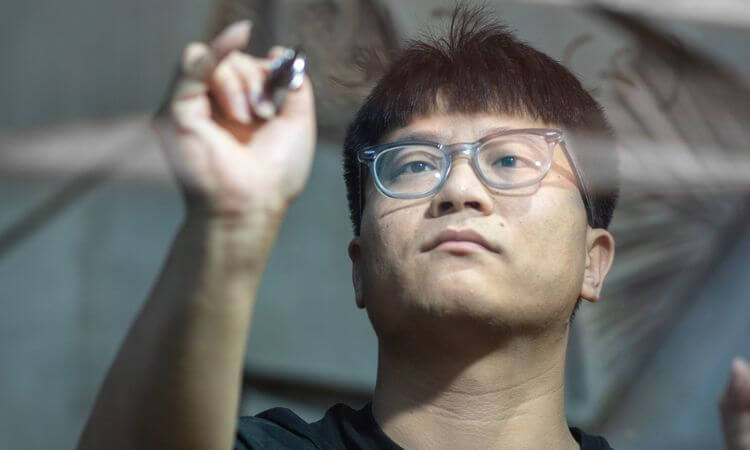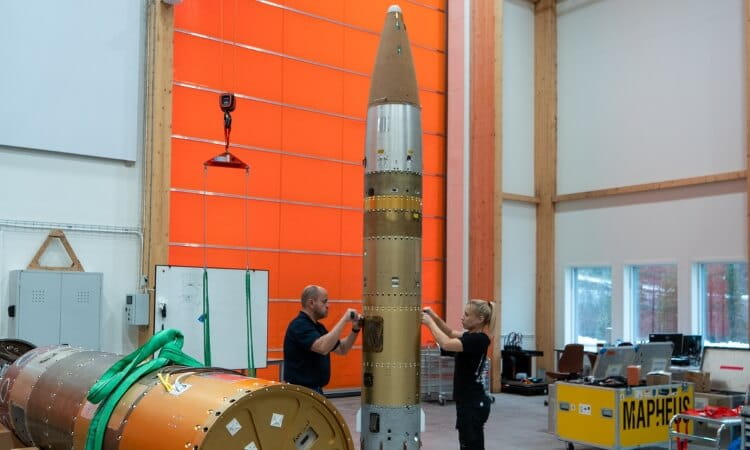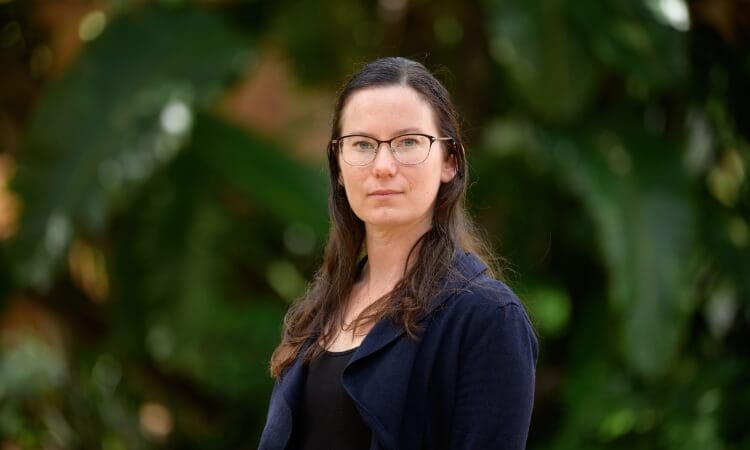In today’s fast-paced digital world, harnessing the power of social media to spread information is crucial – but it can often be expensive and ineffectual.
University of Southern Queensland researcher Dr Taotao Cai has delved into the algorithms of social networks, revealing a way to boost the spread of information without extra cost.
In his recently published paper, Dr Cai trialled a mathematical algorithm designed to pinpoint old social media friendships which could be leveraged to maximise information sharing.
“There has been a lot of research conducted on the spread of information by big companies, those that have a budget and can hire people,” Dr Cai said.
“In our case, we wanted to understand how one could motivate users to share information equally, without monetary incentive.
“Our previous research found that reaching out to old friends and reactivating these relationships improved the efficiency of the spread of information.
“However, if you have many friends, you don’t want send everyone information every single time; that becomes a big problem – instead, you have to focus on a limited group.
“So, then the question became ‘how do we chose which friends to reconnect with?’”
For this, Dr Cai tested an algorithm which could estimate influence and predict future network connections of users.
“While I know my old acquaintances, I needed to find a way for the computer to be able to identify them,” Dr Cai said.
“If I was friends with a person for two years and then for six months had no contact, I wanted to predict whether I would still have a future connection.
“Using state of the art link prediction technology, we were able to successfully predict which relationships would exist in the future by identifying the structure of your network.
“In a way, it shows us who will still be a friend and who is likely to become a stranger.”
Dr Cai said in future this algorithm could be used by individuals looking to extend their reach on social media.
“It’s for ordinary people like me, who are looking to promote their seminars or information without having a budget,” Dr Cai said.
“Future research can delve into the dynamics of influence and information spread across emerging social media platforms such as TikTok, Threads, and Discord, the latter of which has particularly resonated with younger audiences thanks to the innovative picture generative AI program Midjourney.
“These platforms, which differ from traditional counterparts like Facebook and Twitter, might necessitate a rethinking of network science concepts including centrality and structural hole.
“The methods by which influence permeates these new media landscapes also require closer examination.”
Learn more about the University’s School of Mathematics, Physics and Computing.



